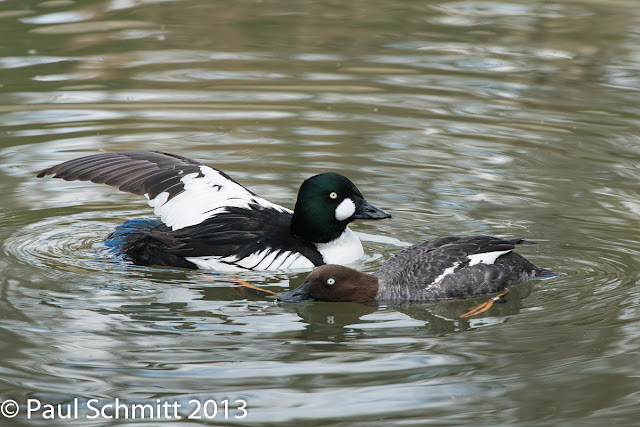Photographing birds is nearly always unpredictable. So, this year I have had to work hard to convert observed birds into photographs. I've had Ruby-crowned Kinglets very close- once when I was walking the neighborhood with no camera - but never where I could get a good image. But, it is still a delight to see the male Kinglet flare his ruby colored crown into view. So, enough with excuses and on with some new photos.
First up is a Yellow-rumped Warbler that was foraging in the bushes below a huge willow.
I am always amazed when I see how slender a warbler's legs are.
Carolina Wrens used to be an unusual sight here in the Finger Lakes, but they have become more common. (Global warming, anyone?) They are great singers and very approachable. So, I spent a good part of Sunday morning listening to this chap. How can such a small package make so loud a song?
But, sometimes he had to pause from the song to do a little feather upkeep.
Sometimes I discover a bird that I have not been paying much attention to, but find deserving more interest. Usually this happens when I see some interesting behavior as in the next subject. I had this little House Sparrow foraging in front of me, and I saw something new to me. He was feeding on the small buds of bushes and vines. Never really paid much attention to that.
I find the grey cap with the rich red sides attractive along with the mottled bib. Sometimes, a bird exhibits what I can only call "character". This Eastern Towhee was a persistent "loudmouth", mostly voicing the phrase "drink your tea" over and over. Like the Wood Thrush, he understood that he had to broadcast his message in all possible directions.
So, that is all I can show for my efforts in the bird area. The wildflowers are abundant right now, so I'll be reporting on them soon.
Paul Schmitt












